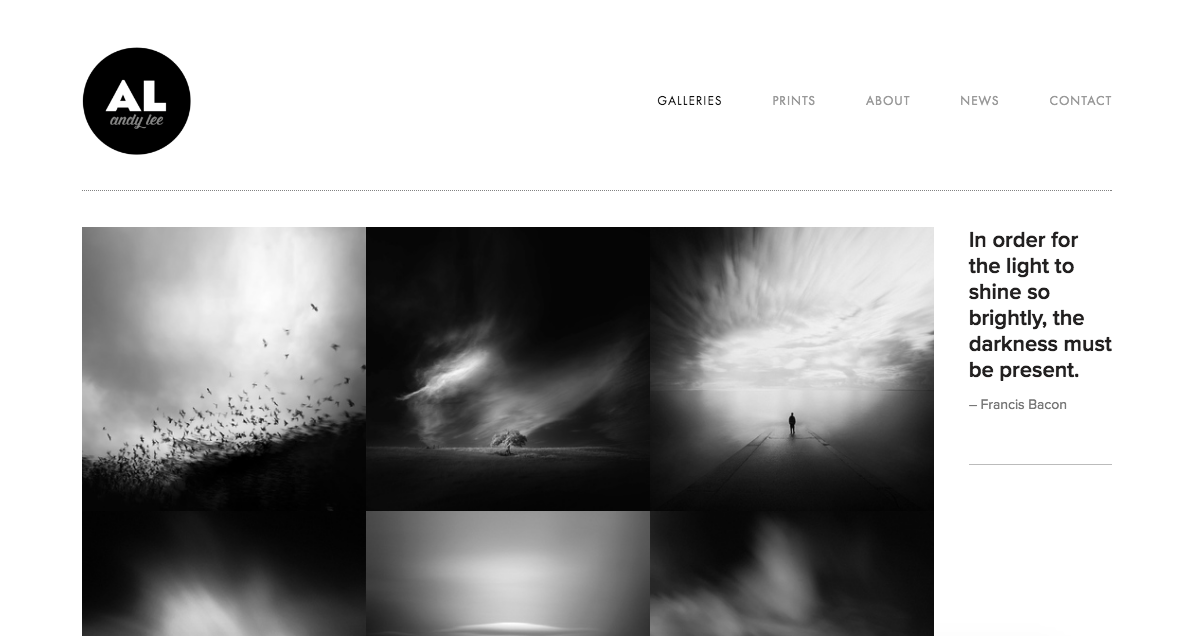THE ESSENTIALS
1. business cards
Establish yourself as a professional. When someone asks for your card after you've told them you're a photographer, you don't want to be without them.
Click here for tips on designing your card. You can also visit fairwayprinting.com to learn more about our printing and graphic design services.
2. A professional email address
This can be either a Gmail account with your first and last name (and not a random assortment of numbers, letters, etc.) or one with a custom domain — something like info@yourname.com. You can get a custom email like this using Google's G Suite for $5 a month.
3. a website
A website will not only establish your professionalism, but it may also help you book more clients. People will want to know where they can find your work, and website portfolios are often expected these days.
Click here for tips on designing an effective portfolio site.
GOOD TO HAVE
4. Social media
Establish a professional social media presence.
If you're going to be on one network, it should probably be Instagram. Here are some tips on using the platform to advance yourself as professional photographer and differentiate yourself from the average Instagram user.
Facebook and Tumblr are also good platforms for showing your work.
5. call sheets
This document will include all of the information that you and your crew will need do know before, during (and even after) a photoshoot — things like contact information, location details, your concept and timeline.
By making this part of your toolkit, you can keep yourself organized while impressing clients and making things easy for everyone you’re working with.
Here are some tips on putting together your own call sheet. We've also included a template that you can customize.
6. Price sheets
In addition to business cards, you might often get asked if you have a price sheet. While your pricing might vary depending on the particular job, if there's a certain service you specialize in — such as portrait sessions or headshots — you can use a price sheet to put together some package options. Learn more about how to package your services here.
NICE TO HAVE
7. Thank you notes
If you really want to impress your clients, consider sending thank you notes. Get custom-printed cards with your own images and logo. Your clients will appreciate this unexpected touch.
8. welcome packets
Some wedding, portrait and headshot photographers offer welcome packets, which include information such as how to prepare for their photoshoot, pricing for prints and retouching, terms and condition, etc.
Need help designing or printing your marketing materials? Visit fairwayprinting.com to learn more about our printing and graphic design services.


